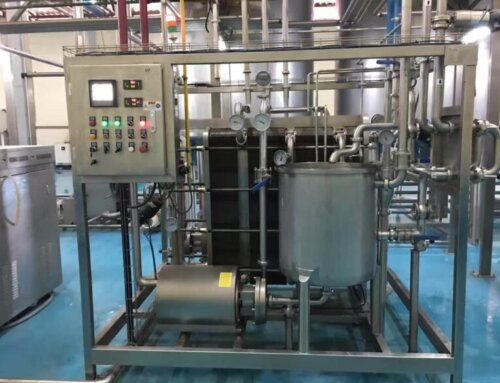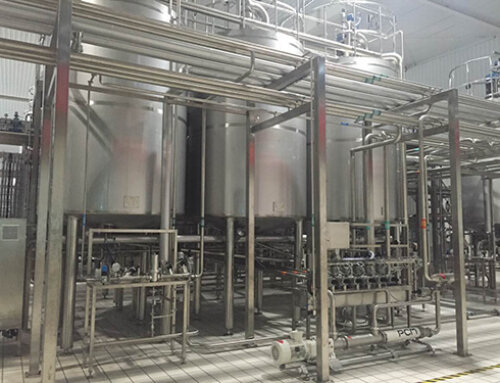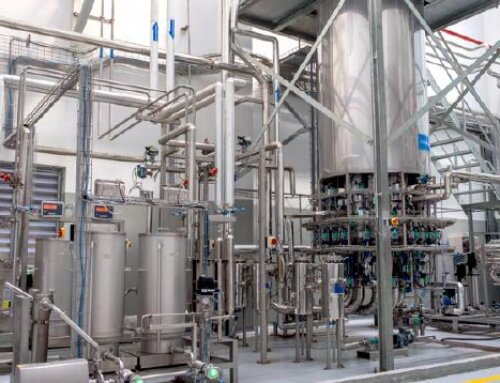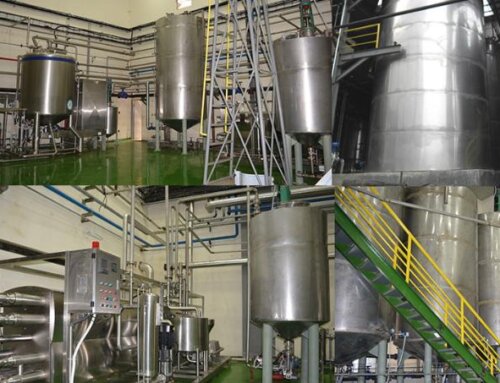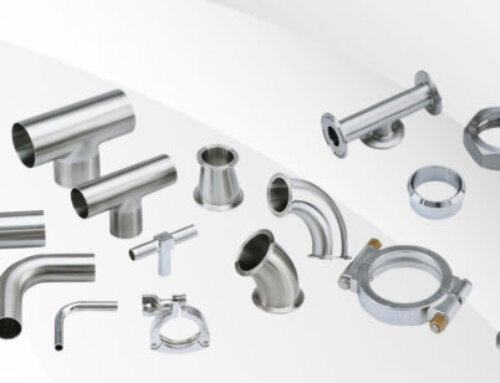Pineapple Pulp Processing Description
Pineapple is a tropical fruit that is well-known for its sweet, tangy flavor and numerous health benefits. It is packed with nutrients, including vitamin C, manganese, and bromelain, a digestive enzyme. Pineapple pulp is used in a wide range of food and beverage products, including juices, smoothies, ice cream, and baked goods.
Pineapple pulp is made by washing the fresh pineapple, removing the outer skin and cutting the fruit into small pieces. The pieces are then crushed and filtered to extract the juice and pulp. The pulp can be further processed into a concentrate or puree, depending on the desired end product. The process requires specialized equipment, including pineapple washing and sorting machines, pineapple peeling machines, crushers, and pulp extractors, pineapple pulp filters and pineapple pulp sterilizers, filler.
One of the key benefits of industrial pineapple pulp processing is the ability to produce a large quantity of pulp quickly and efficiently. The process can be easily scaled up or down to meet production demands, making it ideal for both small and large-scale operations. Additionally, the machines used in the process are designed to handle the tough and fibrous texture of the fruit, ensuring maximum yield and minimal waste.
The capacity of the pineapple pulp processing machine is from 500kg per hour to 10000kg per hour, and the end products of the pineapple pulp can be filled into aseptic bags, bottles, cans or pouches.
All the pineapple pulp processing machines are made of SUS304 material, which can ensure the hygiene condition of the whole production process and the high quality of the end products.
We can offer turnkey pineapple processing such as pineapple juice, pineapple pulp, canned pineapple, dry pineapple slices and pineapple wine products.

Pineapple Pulp Processing End Products and Package
Single-strength pineapple pulp: The single-strength pineapple pulp will be filled into bottles, cans or pouches for direct consumption. Once the pineapple pulp is processed, it can be packaged in a variety of ways, including cans, bottles, and aseptic bags. The packaging choice will depend on the desired end product, as well as the distribution and storage needs. For example, aseptic bags are ideal for shipping long distances, as they do not require refrigeration and have a longer shelf life than other packaging options.
Concentrated pineapple pulp (28-30 Brix): It is often used as an ingredient in various food and beverage products, including fruit juices, smoothies, jams, and sauces. It can also be used as a flavoring agent in desserts, and baked goods. The concentrated pineapple pulp can be stored for up to 12 months in aseptic bags.
Pineapple Pulp Processing Machine Introduction
In industrial pineapple pulp processing, various machines are used to efficiently extract and process the pineapple from pineapple fruits. These machines help in reducing labor costs and increasing production capacity. Let’s take a closer look at some of the most common pineapple pulp processing machines:
Pineapple Washer and Sorter: The machine typically consists of several components, including a conveyor belt, water sprayers, brushes, and sorting mechanisms. The pineapples are loaded onto the conveyor belt, and then sprayed with water to remove any dirt or debris. The brushes then scrub the surface of the pineapples to further clean them. After the pineapples have been cleaned, they are sorted based on various criteria such as size, ripeness, and quality. The pineapple washer and the sorting machine help to improve the efficiency of pineapple processing by reducing the amount of manual labor required and increasing the speed of the sorting process. It also ensures that the pineapples are thoroughly cleaned and sorted, which helps to maintain the quality of the fruit.
Pineapple Peeler: The first step in the pineapple pulp processing is to remove the tough outer layer of the fruit, which is done using a pineapple peeler. The peeler is a rotating drum with sharp blades that peel off the outer layer of the pineapple, leaving the inner fruit intact. But for the small capacity processing plant, this step can also be completed manually.
Pineapple Corer: After peeling, the pineapple is cored to remove the tough and fibrous center of the fruit. The pineapple corer is a machine that removes the core of the pineapple by rotating it against a stationary blade. This also can be done manually depends on the client budget, capacity and labor cost.
Pineapple Slicer: Once the pineapple is peeled and cored, it is sliced into small pieces using a pineapple slicer. The slicer is a machine that cuts the pineapple into uniform slices with the help of rotating blades.
Pineapple pulp extractor: The sliced pineapple pieces are then fed into a juice extractor, which separates the juice from the fibers and solid particles. The juice extractor uses a rotating drum with sharp blades that grind the pineapple pieces and extract the pulp.
Vacuum Evaporator: The extracted pulp is then concentrated using a vacuum evaporator, which removes the water from the juice, resulting in a thick and concentrated pineapple pulp.
Pineapple Pulp Homogenizer: The homogenizer is a machine that further processes the pineapple pulp to make it smooth and homogeneous. The machine uses high pressure (25-40Mpa) to break down any remaining fibers and particles, resulting in a smooth and consistent pulp.
Pineapple Pulp Sterilizer: The tubular sterilizer is used for sterilizing the pineapple pulp continuously as it flows through the machine. The machine uses a series of tubes to heat the pulp to a specific temperature and hold it at that temperature for a set amount of time before cooling it down. The sterilizing process flowchart is that heat the pineapple pulp to 110°C for 60-120 seconds, which kills all the microorganisms and bacteria present in the pulp.
Pineapple Pulp Filling and Packaging Machine: After processing, the pineapple pulp is filled into cans, bottles, or pouches using a filling and packaging machine. The machine fills the packaging with pineapple pulp and seals it to ensure airtight packaging.
